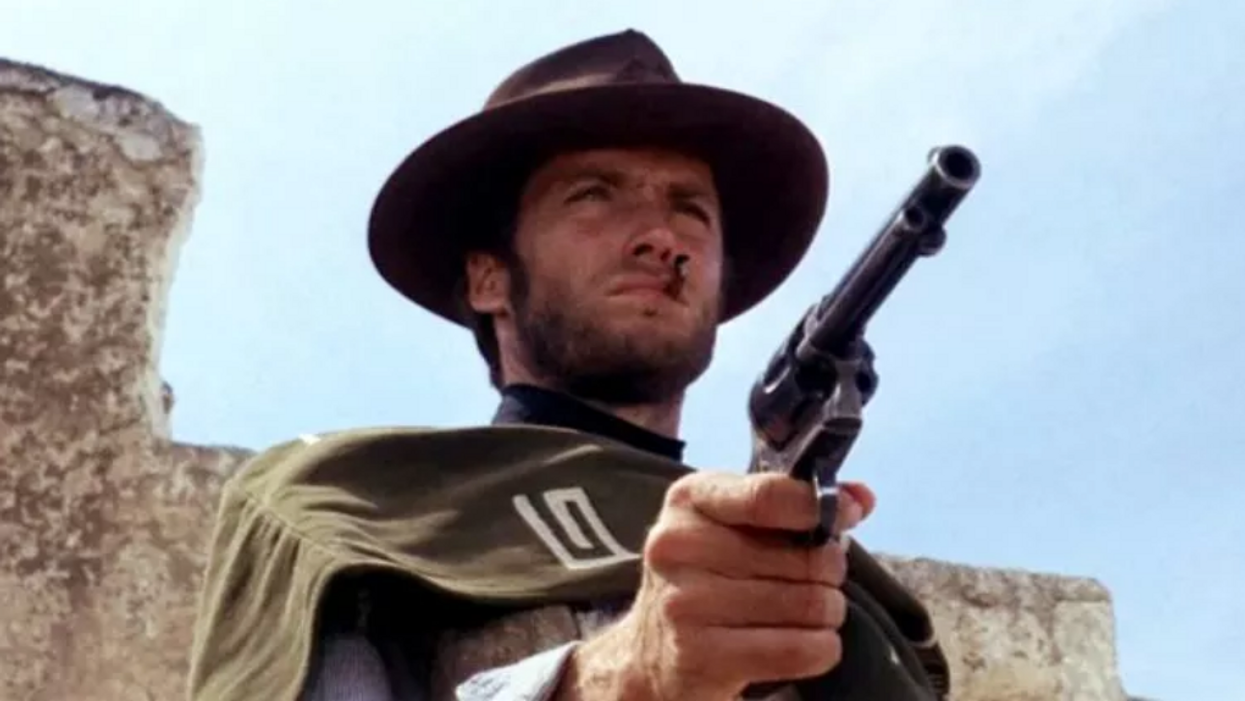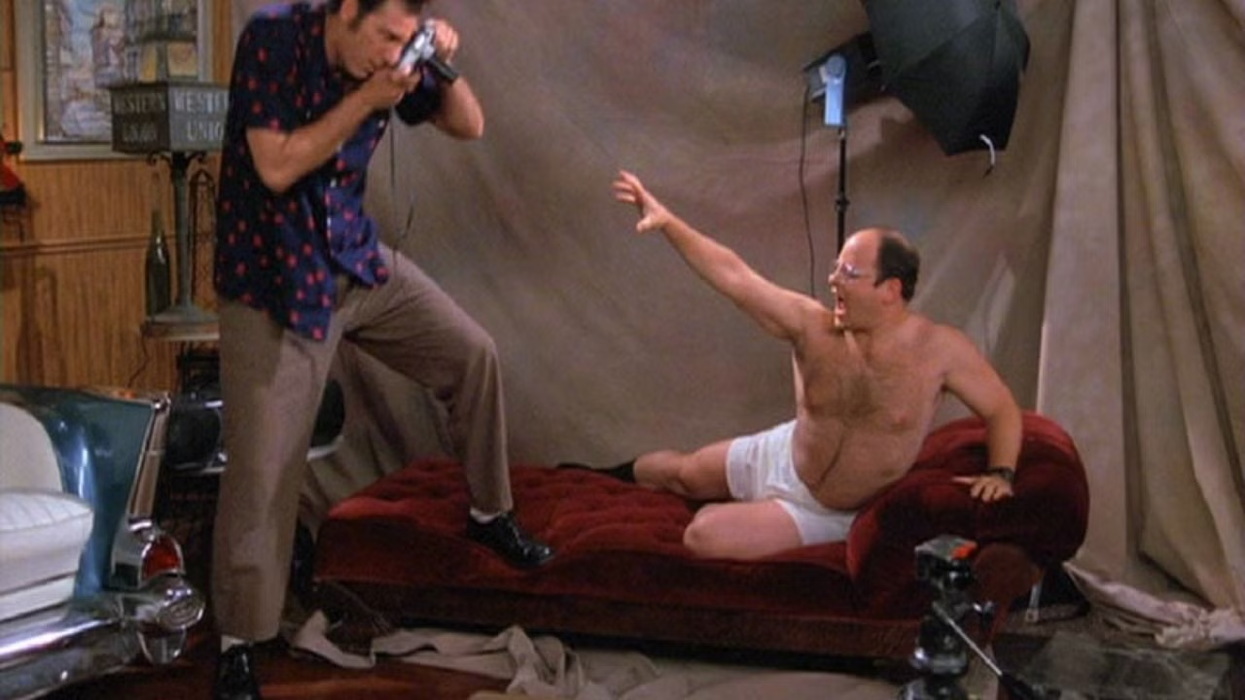7 Spaghetti Western Trademarks That Define Sergio Leone's Genius
Gripping suspense and economic storytelling are just some of the elements that made the Father of the Spaghetti Western great.

Italian director Sergio Leone's cinematic style was so powerful and influential that it paved the way for a whole new Western subgenre, the Spaghetti Western.
What are Spaghetti Westerns?
The Spaghetti Western is a movie about the American West, made in Europe typically by Italian filmmakers. While there were many 'Eurowesterns' starting as early as the 1940s, it was A Fist Full of Dollars (Per un Pugno di Dollari) directed by Leone in 1964, that brought the genre to the fore and truly was the first Spaghetti western. This and it's follow-ups Leone's work on the map. His 1968 epic Once Upon a Time in the West is considered his masterpiece.
Hey, let's not forget the other guy these movies made famous...
Eastwood would go on to star in and direct plenty of American westerns himself, including Oscar winner The Unforgiven.
One of the unlikely influences on Leone's spaghetti westerns? Akira Kurosawa.
Kurosawa's excellent films Yojimbo and Sanjuro are the basis for "the man with no name" trilogy, as it's called, that Leone made with Eastwood.
Who was inspired by all of this? Yeah... you know...
Quentin Tarantino and the Spaghetti Western
Tarantino is known for mixing genres, harking back to films of yore. He doesn't seem to care if they are good, bad, or ugly. He loves movies.
You can see Leone's fingerprints on everything Tarantino does, most of all in some of his scores composed by the great Ennio Morricone, who scored the Spaghetti Westerns for Leone.
Django Unchained and The Hateful Eight are the most obvious descendants of this esteemed cinematic bloodline.
But isn't there a lot of Leone in Inglorious Bastards as well?
Even in Pulp Fiction, and Resevoir Dogs?
Let's get down to what it is that defines this kind of storytelling that we all adore. I mean, lets be honest. Kurosawa to Leone to Tarantino? That's a cross-generation masterclass in great filmmaking.
The 7 Trademarks of Sergio Leone
In this video essay, Sareesh Sudhakaran breaks down the tavern scene from this film, which he considers to be the best representation of Leone's stylistic approach to visual storytelling.
Sudhakaran lists seven cinematic elements that are quintessentially Leone, all of which are present in the tavern scene.
- Actors popping into scenes
- Close-ups and wide shots
- The element of surprise
- Suspense
- Great music
- Great dialogue
- The economy of storytelling - pure cinema
There's quite a lot to say about Leone's approach to filmmaking, but perhaps the most noteworthy element in his work is his ability to create an immense amount of tension with very little.
This economic filmmaking includes sweeping long takes with camera movement, elaborate blocking, and choreography—characters that walk into frame, pop up from obscurity, or turn to reveal their faces. Not only does this create depth in the scene, but it also creates incredibly tense moments when the camera and characters are still, where we're introduced to shifty outlaws who stand and stare people down.
But it wasn't Leone alone who managed to craft these thrilling moments. Editor Nino Baragli's work is damn near mathematical. The innovative scores of composer Ennio Morricone also help add complexity, tension, and emotion. Just take a look at the opening scene of Once Upon a Time in the West, the suspense is almost palpable.
There are plenty of other elements of Leone's work that are worthy of discussion, so feel free to add your own analysis down in the comments.
Source: wolfcrow













